What to Donate to a Food Banks
This post may contain affiliate links provided for your convenience. We earn commissions if you shop through the links on this page. I am also an Amazon Associate and earn from qualifying purchases Read my full disclosure policy.
Originally published November 5, 2014 and updated June 16, 2023.
Donating food is a great way to help those in need. But many wonder what to donate to a food bank that will be most helpful. There are actually some items that are more helpful in providing a nutritious way to fill a hungry tummy of kids and adults. Here’s what I learned from 3 years of working at a charitable food bank and what you should know and consider when donating.
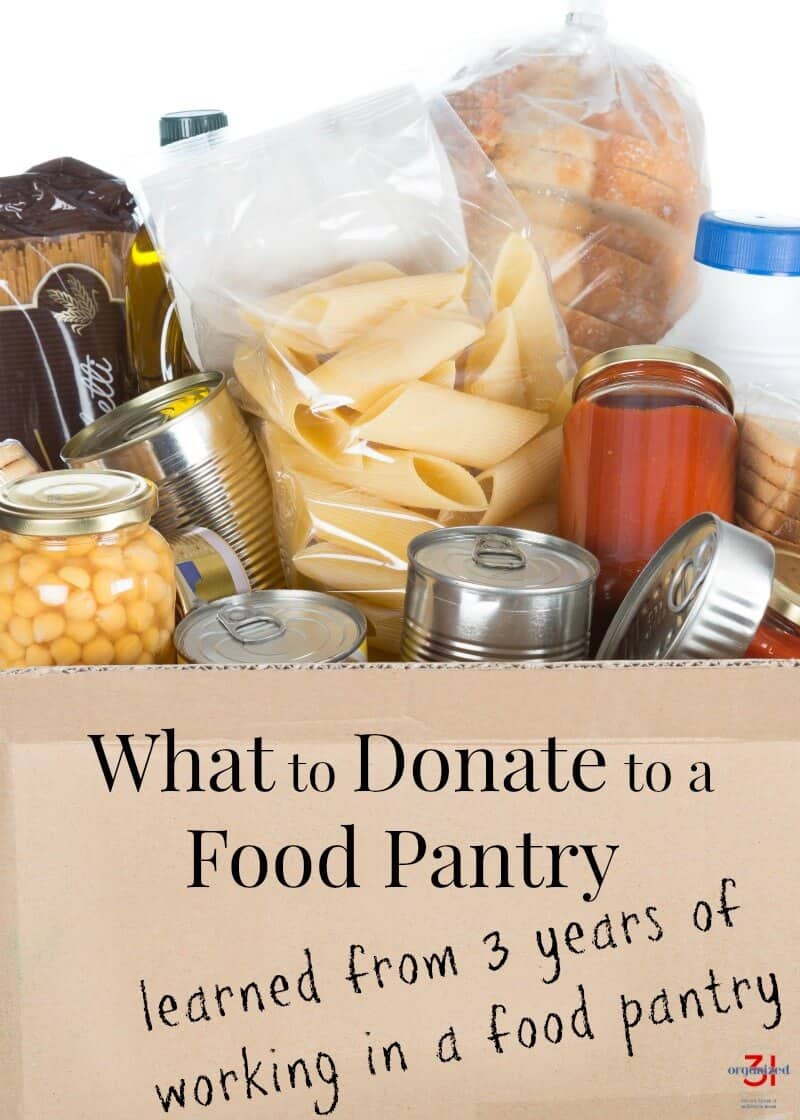
All donations to organizations addressing food insecurity are appreciated, so please don’t think I’m saying anything other than that. But after seeing the donations that were received at the organization where I volunteered, I’ve gained some insight into the items that are most needed. The contrast between the needs of the recipients and donations received is heartbreaking when you are trying to meet the vast needs of a family from the limited items on the shelf in front of you. Volunteering at the food bank taught me so much about what types of donations and specific foods are desperately needed at most food banks.
What Food Items Can be Donated?
What types of foods are in high demand at Food Banks?
Food banks often accept non-perishable items that are shelf-stable and nutritious. These include items like canned beans, peanut butter, pasta, whole grain cereals, and canned fruits and vegetables. High-protein items like tuna, canned chicken, and canned beef are also in high demand.
Are there any restrictions on the type of food that can be donated?
Yes, there are some restrictions on the type of food that can be donated to a food bank. For instance, many food banks often won’t accept perishable items like fresh produce, home canned or preserved food or items in glass containers, while others will. It is important to contact your local food organization to determine what they accept and what they do not.
What food items are best to donate to a Food Bank during a food drive?
If you are participating in a food drive, some of the best items to donate include non-perishable items like:
- Canned goods, particularly canned tuna, salmon and other high in proteins options
- Pasta and rice
- Cereal and instant oatmeal
- Peanut butter
These items are easy to store and transport and can provide a nutritious and filling meal for someone in need.
What to Donate to a Food Pantry
Always consider the nutritional value of the food. Look for items that are high in protein, fiber, and vitamins. Look for healthy options.
Another thing to keep in mind is the convenience factor. Many people who are utilizing the charitable organization may not have access to a stove or oven, so ready-to-eat items can be especially helpful.
How to Find Where to Make a Food Donation
Finding where to make a food donation doesn’t have to be daunting. There are several easy ways you can find organizations within your community that accept donations of canned goods, non-perishables and non-food items.
One of the easiest ways to start is with an online search for local charities or non-profits that specialize in food drives or community feeding programs.
Another option is to check with your local churches, synagogues or mosques, as many of these institutions offer regular food drives or have established partnerships with community food banks.
You can also contact a community service group such as Rotary Club or Kiwanis Club which often organize events for collecting and distributing donated items.
Many supermarkets also provide collection boxes near their exit doors where customers can drop off non-perishable items before heading home.
Postal carriers pick up food from your home once a year through the Stamp Out Hunger food drive. Check with your local carrier or post office for specific dates and requirements.
In many communities, the Boy Scouts collect food for donation from your home in November through their Scouting for Food Drive. Check with your local scouting organization for specifics.
If you have grown your own food, such as fresh fruits and vegetables, that you’d like to donate, check Ampleharvest for the nearest food bank that may take your fresh produce donations.
Items Food Banks Need
Meat Most food donated to a food pantry is canned veggies, soups and cereals. What is donated far less frequently is meat. You can always donate canned meats, but check with your food pantry about donating refrigerated or frozen meats. If they have the facilities to store them, refrigerated and frozen meats are greatly appreciated. Nonperishable proteins to consider:
- Canned tuna and salmon
- Canned ham
- Canned chicken
- Canned beef products
- Canned pork products, but consider if there is a large population in your community that won’t eat pork products
Other protein products Donating canned or dried beans and peanut butter is a big help because few protein items are donated and protein tends to be more expensive. Think about items:
- Legumes – Such as lentils, chickpeas, black beans, and kidney beans
- Quinoa – A grain-like seed with high protein content
- Tofu and Tempeh – Made from soybeans and commonly used in vegetarian dishes
Dairy Again, these items are rarely donated. Powdered milk and cheese that does not have to be stored in the refrigerator are greatly needed. Also, check with your organization to see if they can accept refrigerated dairy product donations. Consider donating the following:
- Milk and cheese
- Eggs
- Greek yogurt and cottage cheese
Canned Soups with Meat Donations of soup that is a complete meal is needed. Look for soup that contain meat or beans, vegetables and noodles, rice or barley. These soups can serve as a complete meal. While donations of any soup are appreciated, broths and cream soups don’t make a filling meal unless you add pasta or rice and meat or beans. The organization may not have the additional items on their shelves to partner with a can of broth or cream soup. Canned soup with meat helps meet the needs of recipients that have limited cooking facilities. I remember a couple that cooked over an open fire because they didn’t have electricity or gas service to their house. I also remember a man that was living out of his car. He was able to eat the can of soup with meat cold and it filled him up.
Complete Meals Charitable groups often receive donations of a case (or multiple cases) of one items, for example pasta or peanut butter. The charity then scrambles to combine other donated items to be able to give recipients a complete meal, for example, pasta and spaghetti sauce or peanut butter, jelly and bread. Look for quick and easy meals like:
- Pasta and pasta sauce
- Peanut butter, jelly and bread
- Peanut butter and crackers
- Rice or brown rice and a protein and vegetable
Cooking Oil Cooking oil, like olive oil, vegetable or canola oil, are needed to prepare many foods and are another item rarely donated.
Can Opener While many canned items are donated, it is rare that hand-held can openers are and people receiving items at a food bank need a can opener.
Toilet Paper and Paper Towels SNAP benefits (Food Stamps) do not cover paper items and groups do not receive many donations of paper products. These are necessary items.
Cleaning Supplies These are not eligible to be covered by SNAP. Stop and think for a moment of all the cleaning supplies you have in your home; dish soap, all-purpose cleaner, window and glass cleaner, toilet cleaner, shower cleaner, disinfecting spray, disinfecting wipes, furniture polish, and so on. Those cleaning supplies are necessary, especially in many of the living situations that food pantry recipients live.
Cleaning Tools SNAP does not cover the cost of cleaning tools. Items like brooms, mops, sponges, cleaning cloths and rubber gloves are greatly appreciated, but check with your food pantry to see if they have the space to store larger items.
Laundry Supplies SNAP does not cover these items. Laundry detergent and stain treatment products can be expensive. Many food pantry recipients will have to pay to do their laundry, so the added cost of laundry detergent is a challenge.
Personal Hygiene Items These items are not eligible for SNAP benefits. Take a minute to look in your bathroom at all the personal hygiene items your family uses; soap, shampoo, comb, hairbrush, toothpaste, toothbrush, dental floss, deodorant, razor, shaving cream, and those are just the basics.
Personal Care Items SNAP benefits do not cover these items. Things that are very nice to have; hair conditioner, moisturizer, lip balm, perfume and cologne.
Feminine Hygiene Items These items are not covered by SNAP. My female readers don’t need any explanation, but let me just say that these are critical items and are needed monthly. If you have limited access to laundry facilities and no feminine hygiene products or laundry detergent, you have an impossible situation.
Adult Incontinence Items SNAP does not cover these items. Many recipients are elderly and may have need of these products. I will always remember the family that requested these items at our food pantry because they had an adult handicapped child at home.
Children’s Diapers SNAP benefits do not cover the cost of diapers. Even if you don’t have children, I think you know that diapers are critical and expensive for families.
Birthday Cake Mixes Donate the mix and items needed to make the cake, including a disposable pan. These items are rarely donated and make a child and family happy around birthdays and holidays.
How to Donate to a Local Food Bank?
What are some ways to donate food to an organization helping people in need?
There are several ways to donate to a local organization. You can donate extra food items that you have at home, organize a food drive in your community, or volunteer at your local organization. Some groups even offer pick-up services for larger donations.
How can someone organize a food drive for their community?
If you are interested in organizing a food drive, there are several steps that you can take. First, identify a local food bank that you want to support. Then, determine a time frame for the food drive and set up collection bins at local businesses, schools, and community centers. Finally, promote the drive through social media and word of mouth to encourage people to donate.
What are some important things to keep in mind when donating to a Food Bank?
When donating to an organization, it is important to keep in mind the needs of the organization. Non-perishable items that are shelf-stable and nutritious are usually the most in demand. It is also important to ensure that the items are not expired or damaged. Additionally, donating your time and skills as a volunteer can be just as valuable as donating food items.
Food banks are always in need of donations and volunteers to help support their efforts to address hunger in the community. Whether it is donating non-perishable items, volunteering your time, or organizing a food drive, there are many ways to make a difference and help to end hunger. Together, we can work towards a world where everyone has access to basic food items and no one has to go hungry.
Now that I’ve learned about which items are eligible for SNAP benefits, the information guides my donation purchases. Please understand that all donations are appreciated, but some items are particularly appreciated by food donation organizations and recipients. I hope you find these tips helpful the next time you’re wondering what to donate to a food bank.
More Donation Ideas
Where to Donate Clothes – 90+ tips for donating clothes and a list of national and local organization to help you find where to donate clothes in your area.
What to Donate to an Animal Rescue Shelter – Help your local animal shelter & make the maximum impact by knowing what to donate to help the animals, with these 35 donation ideas that are under $10 each.
Homeless Care Package and Blessing Bag Ideas – 12+ homeless care package & blessing bag ideas you can make. They’re practical and come from my experience working with homeless populations.
It’s always best to check with your local food bank for their specific requirements and donation guidelines before contributing.
1. Fresh produce: Donations of fresh fruits and vegetables can greatly enhance the nutritional value of the food provided by food banks.
2. Protein-rich foods: Items like canned meats, fish, beans, and nuts are excellent sources of protein, which is essential for a balanced diet.
3. Baby supplies: Items such as diapers, baby formula, and baby food are needed by families with infants who may struggle to afford these necessities.
4. Cooking essentials: Spices, cooking oils, condiments, basic spices and other ingredients can help individuals and families add flavor and variety to their meals.
5. Non-food items: Food banks may also benefit from non-food items such as toiletries (toilet paper, soap), cleaning supplies (dish soap, laundry detergent), and personal care items (toothbrushes, shampoo).
6. Volunteers: Food banks are often in need of volunteers to help sort and distribute donations or assist with administrative tasks.
When donating food to homeless people, it’s important to consider non-perishable items that are easy to transport, are easy to open and have a long shelf life
1. Canned goods: Foods like canned vegetables, fruits, soups, and meats can provide essential nutrients and are easy to store. Choose cans with pop top lids that don’t require a can opener or donate can openers with the cans.
2. Peanut butter: It’s a good source of protein and healthy fats. Opt for individual plastic packaging.
3. Granola bars or energy bars: These easily portable snacks provide quick energy and nutrition.
Instant noodles or pasta cups: They are simple to prepare with minimal resources.
4. Bottled water: Staying hydrated is crucial, so donating bottles of water can be greatly appreciated.
5. Crackers or rice cakes: These items can be paired with spreads or eaten as a snack on their own.
6.Dried fruit and nuts: These nutritious snacks offer a longer shelf life compared to fresh produce.
Remember to check the food bank’s specific needs or restrictions before making your donations.
1. Canned or dried beans: Beans are a good source of protein, fiber, and various nutrients.
2. Canned tuna or salmon: These are high in omega-3 fatty acids and provide a good source of lean protein.
3. Whole grain cereals: Look for cereals that are low in sugar and high in fiber to provide a nutritious breakfast option.
4. Brown rice or quinoa: These whole grains are rich in fiber and provide essential vitamins and minerals.
5. Nut butters (such as almond butter or peanut butter): These spreads offer healthy fats, protein, and important vitamins.
6. Canned fruits in water or their own juice: Choose fruits with no added sugars to provide essential vitamins and antioxidants.
7. Canned vegetables: Opt for low-sodium options, as they contain vital nutrients while helping people limit their salt intake.
Whole grain pasta or noodles: These alternatives to refined grains offer more fiber and nutrients.
8. Unsweetened applesauce: It serves as a healthier alternative to sugary snacks while providing fiber and vitamins.
9. Shelf-stable milk or plant-based milk alternatives: Look for options that are fortified with calcium and vitamin D.

I’m a mom of 3, a veteran, military spouse. I’ve moved into 20+ homes all around the world. My passion is helping busy people make the space and time for what’s really important to them. Learn more about Organized 31 and me.

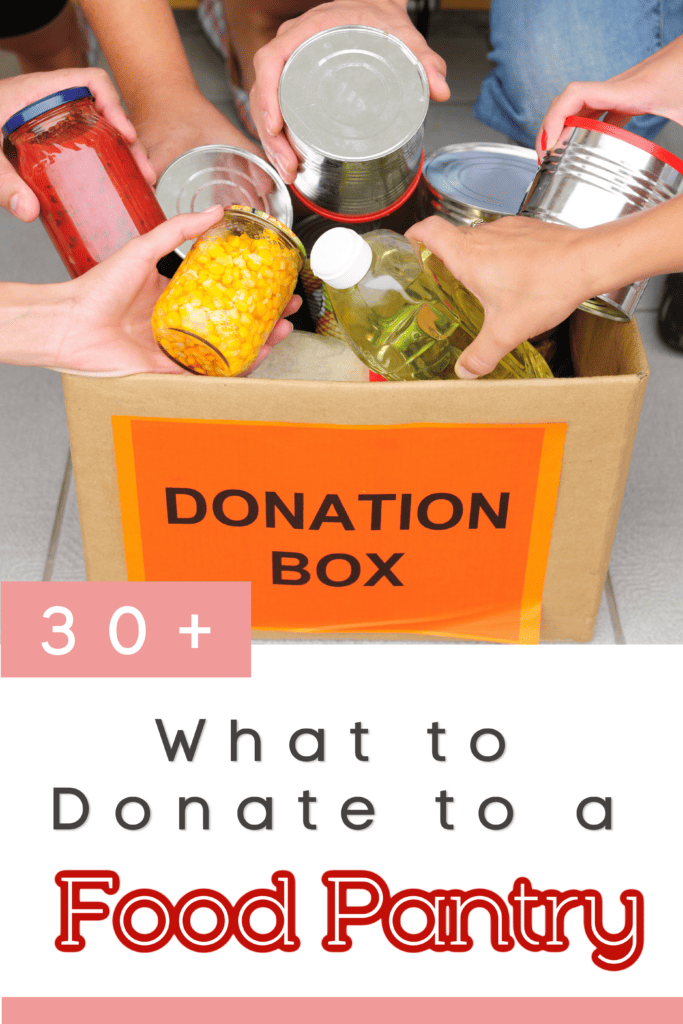
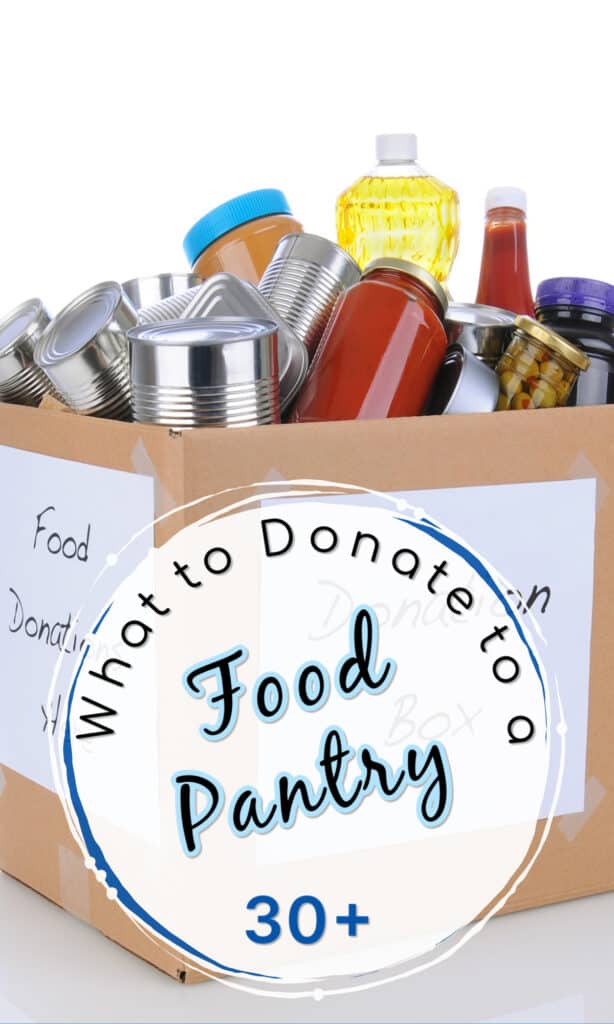

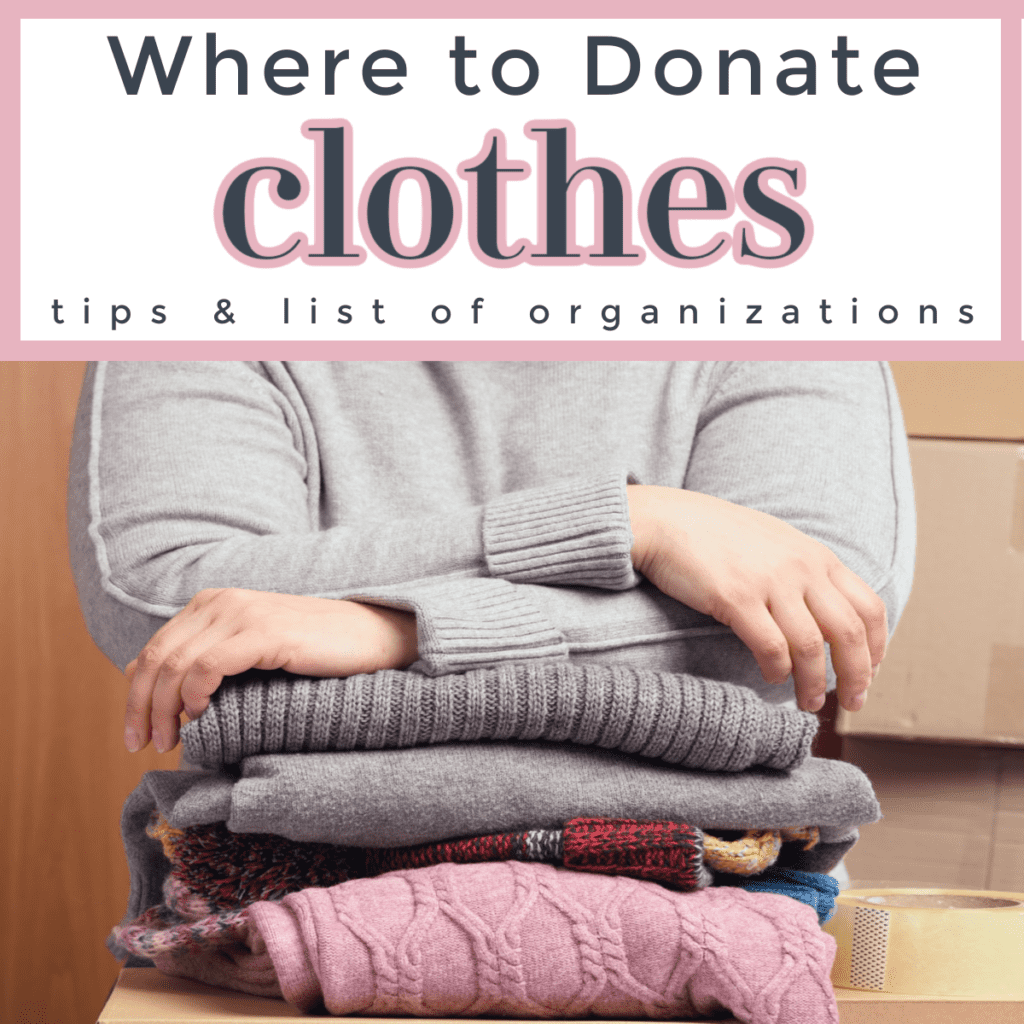
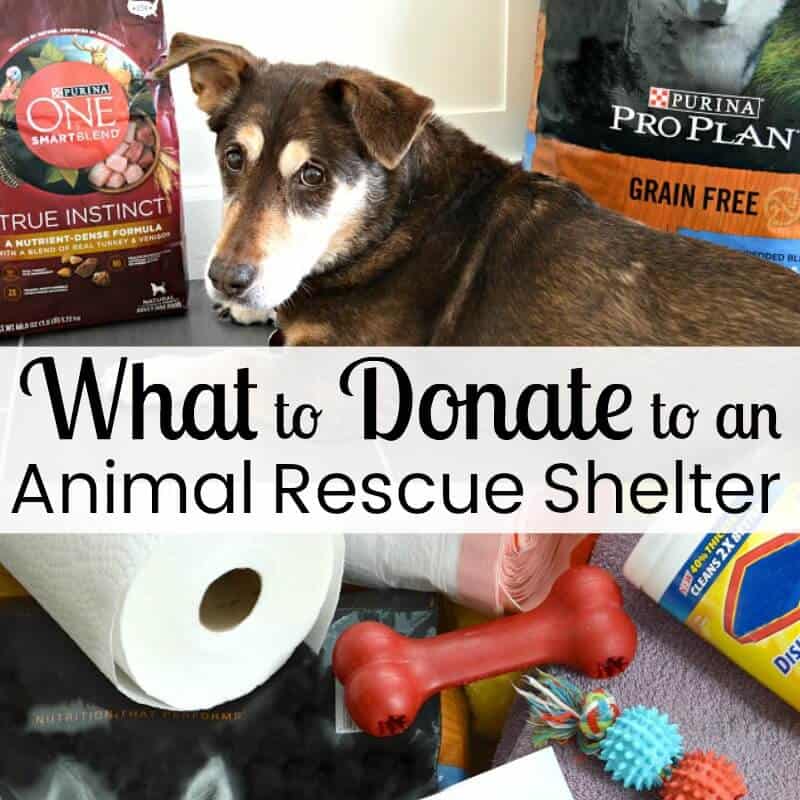
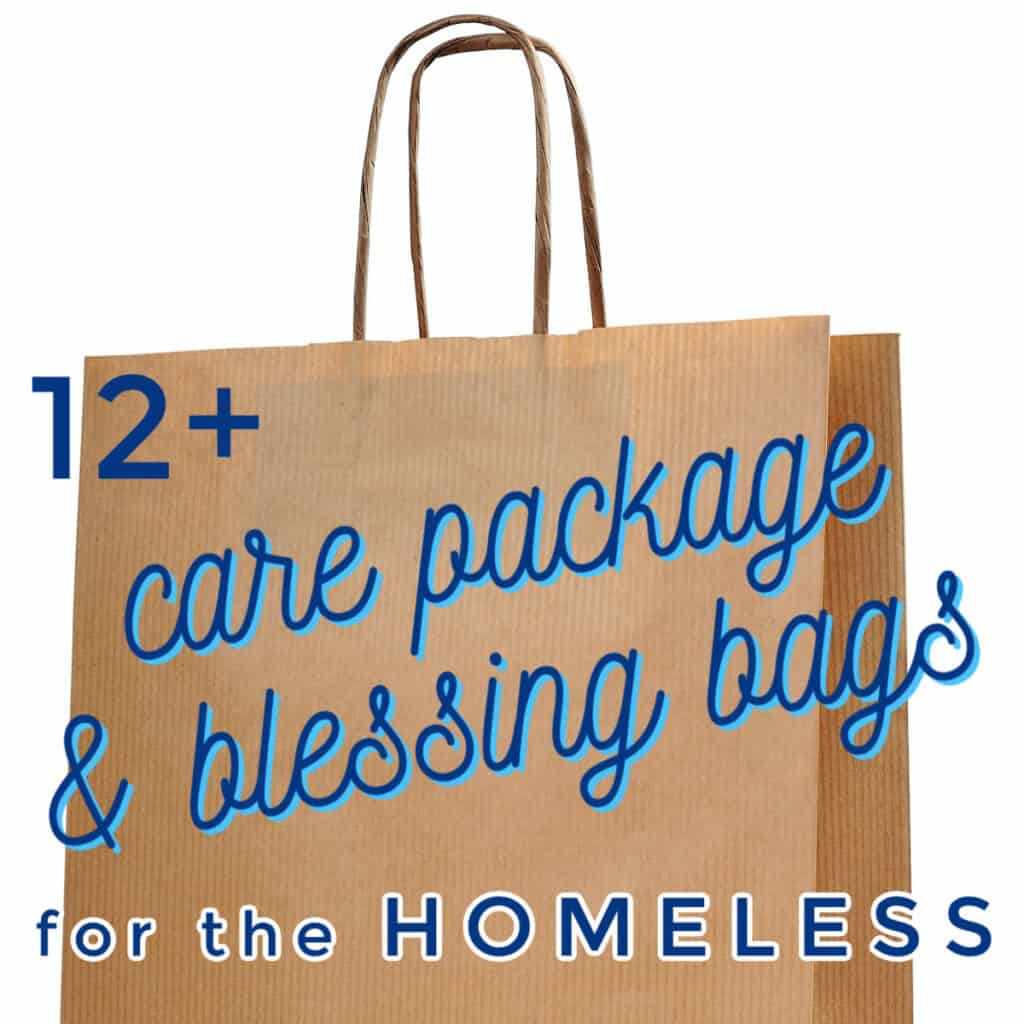


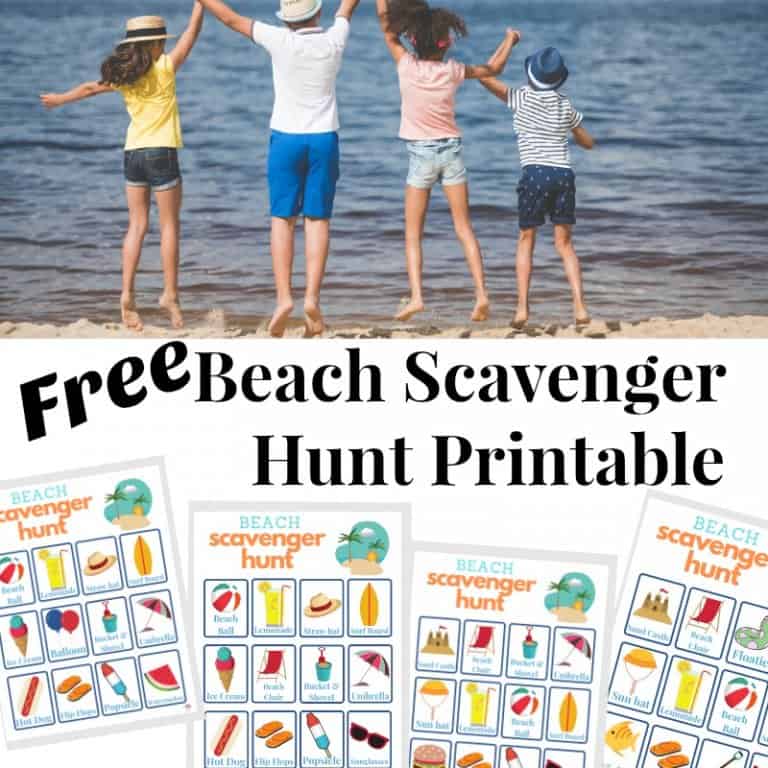



Hi Susan – These are great ideas! We just received our flyer that the scouts will be doing their pickup this weekend for the food drive for our local food pantry, and this will help me with what to donate. It’s always great to receive some behind the scenes insight as to what works and what doesn’t. Thanks for sharing. Hugs, Holly
Holly, I love that the Boy Scouts make it easy to donate to your local food pantry.
This is a great post – very accurate on what is needed out there. I would add one thing, though, JUNK FOOD! When a family has kids, and they go to the food pantry for groceries, those kids are just like your kids. They look in the bag when Mom, Dad, or Grandma comes home with the bag, and look to see if there is anything “Good” in there. It is emotionally very important for poor families to have a few luxuries like chips, candy, special drinks, and brownie mix. There is very little more depressing for a little kid who is already poor to look at the groceries for the week and see only beans, dry pasta & canned veggies. Little luxuries make a big emotional difference.
Anna, you are so right! A treat makes such a difference in brightening a day. Thanks for the thoughtful reminder.
Some food pantries request cake mix and frosting. Every parent wants to give their child a birthday cake. Donating vegetable oil is also good, since it’s rarely donated and is needed for cake mix (and brownies), not to mention other cooking. During the holidays our local food pantry does ask for dessert type items: cookies, pudding mix, jello, and even Little Debbie snack cakes
Thanks for sharing those tips, Brenda. Everyone should have a birthday cake!
Hi Susan, thanks for sharing all the information and making people aware of the types of things they can donate. I think most people mean good when they are donating but they don’t put much thought into it. They just think oh I’ll donate canned goods so you see lots of canned beans and pasta sauce in the donation bins.
And Anna is so right. My kids always got excited when I brought in the groceries to see what “good” stuff I picked up. Good stuff can include granola bars, crackers and snack size bags of chips. Kids want these kinds of things packed in their lunch bags.
Thanks again Susan. Love this post.
Great post and you had so many great ideas. We have always given vegetables, full soups, powdered milk and canned fruit I never thought about some of the other foods. Thanks so mud for sharing this important list.
Thanks. Very timely. I will be walking neighborhoods with my Scout in the morning collecting bags with food community members so generously donate.
Sarah, thank you for helping collect donations! It truly makes a positive difference for your community.
Thank you for this article. Your unique experience working at a food pantry and knowing the items not covered by SNAP made this article very useful to me.
Do food pantries also accept coupons that can be given out to help people stretch their money for these Non-SNAP eligible items?
Victoria, that’s a great question. I’d call and ask your local food pantry. If they don’t take them, often there are churches that share coupons with the community so you could try asking around there.